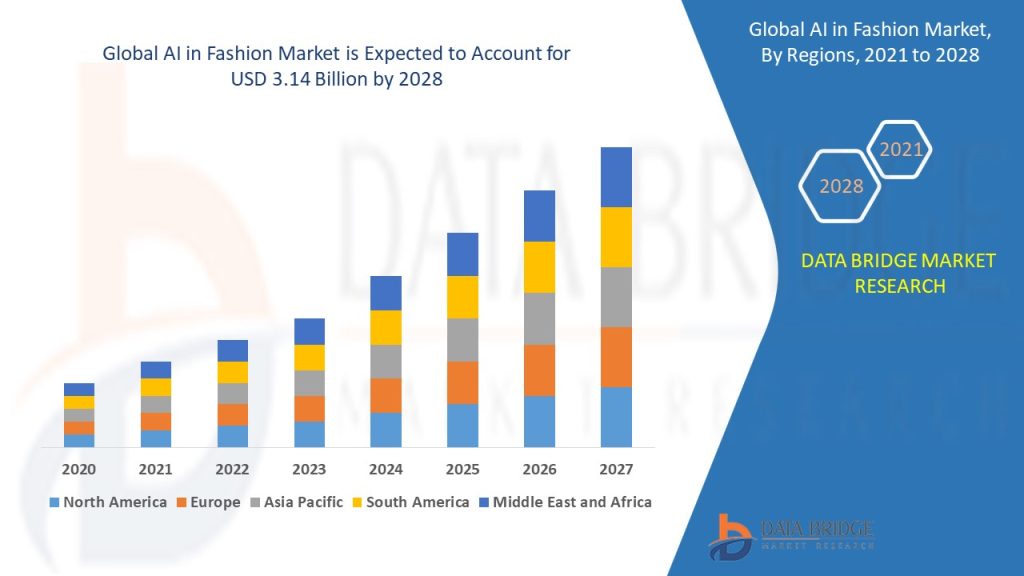AI in fashion is quickly becoming a game-changer in the fashion industry. From design to marketing and sales, AI is affecting everything and offering businesses new opportunities to streamline their operations and reach new heights.
But, above all, and ultimately the best kept secret in fashion ecommerce from the top down, is what it can deliver for your marketing, especially return on investment, customer lifetime value and ultimately profit. This article is a closer look at the impacts of AI on fashion ecommerce and what it means for the industry as a whole.
What are the benefits of AI in fashion?

If you are an avid reader of fashion blogs to keep pace with developing technology, then you will have encountered many platitudes saying that with AI-powered marketing tools businesses can analyse data to determine the best marketing strategies, target the right customers, and maximise the impact of their advertising. But this doesn’t focus on its distinction, and where that impact comes.
Only AI can handle the volume of data that you used to encounter as a multi-billion dollar retailer, that is now available to you via your platform or plugins on SME sites. Nowadays the sophistication in the application of this data is impossible to do without AI.
To spell it out, if you don’t have AI and your competitors do, then how long do you hope to be in business? Wake up and smell the coffee! Every day someone else will chip away at your profits until you’re left scrambling for existence. Of course, you might prefer to bury your head in the sand, not appreciating what you could be turning over, as what you have already seems like loads. But with AI you will surely prosper beyond your wildest dreams, scaled by the amount you’re doing already. But, you might ask how?
AI has the greatest effect on the personalisation of product selection to offer each consumer. Consumers are too interested in you anymore if they don’t see that you’re not interested in them. This is summarised in one word, hyper-personalisation. Knowing and understanding your customers, to the point you can understand their nuances and idiosyncracies, and be able to offer them (as an individual – not part of a group or segment) what they want.
Just as Zara’s turnover of designs and lines, is perpetual, making them the most successful fashion retailer in the world, so too does each consumer’s tastes and desires. Without AI, you haven’t a clue, you’re not even in the race, you might as well pack up now. Fashion AI in customer product selection is called hyper-personalisation, and it addresses the needs, wants and desires of each consumer you have. So much so that you capture almost all of their respective customer, and your peers don’t get a look in. This is beyond website CRO, where you have to wait for the customer to visit you. All the while they enjoy all the temptations and delights from your competitors.
At this point, many people will be thinking, “I know about that already, it’s been around for years, it’s Amazon’s old, “People who bought this also buy that”. routine No it isn’t! Lemming culture has long been trounced. (Lemmings are birds notorious for following each other regardless of danger – typically, over a cliff”). AI PPS is exclusively aimed at each consumer as an individual, with zero regard for what anyone else bought.
But with the advent of individualization or hyper-personalisations, you don’t need to speculate on what to offer by copying what someone else does, your data will already have a far greater understanding of exactly what propriety you will place on your next purchase. Instead of putting a belt, scarf and gloves next to an outfit just because it complements it, you now have the advantage of knowing exactly what that individual is most likely to buy next.
And far more importantly, is that it has the potential to have a far greater margin on it than the accessories didn’t. Likewise, with double the principal outfits for that individual, comes are much more lucrative source for multiple accessories than where you were a few moments ago.
But what else? Now the customer begins to appreciate what you show them is what they want, not just what happens to be on offer, or new in stock – which is a euphemism for you needing to shift it quickly, scared you might get lumbered with a dud. Personalisation means they see that they come first in your quality of respect and service now, before you, and that matters.
This reflects in greater loyalty to you, your brand, your products and their appreciation of the fundamental courtesy you are now offering them, that you didn’t before. This is reflected in greater order value and massive drop in the rate of return, after all, if you’re sending them what they want, rather than a speculative probability, then they are much more likely to want to keep it.
Let’s also add in here autonomy. Not automatic, as that still requires some input of human effort on your part. PPS is a wholly autonomous solution, so you can continue to maximise the effect of your email marketing, utilising the qualities and services employed traditionally, but at the same reap the mammoth rewards delivered at the forefront of your new AI installation. Not forgetting no human involvement whatsoever, delivers all the gross profit too. No errors, or omissions, and the data and operation are perpetual and continuous, as is the data capture. All of which again adds to ever greater returns.
The key to this is also it’s also a proactive piece of technology. It doesn’t wait for the consumer to come to your website, it picks each individual’s selection, at the most ideal time for them, and delivers it into their inbox. McKinsey affirms that it delivers 20 times the return from all other forms of marketing combined. So stop what you’re doing and install hyper-personalisation software immediately, it is a priority.
This article offers an insight into the distinctions between the top 30 hyper-personalisation software providers.





